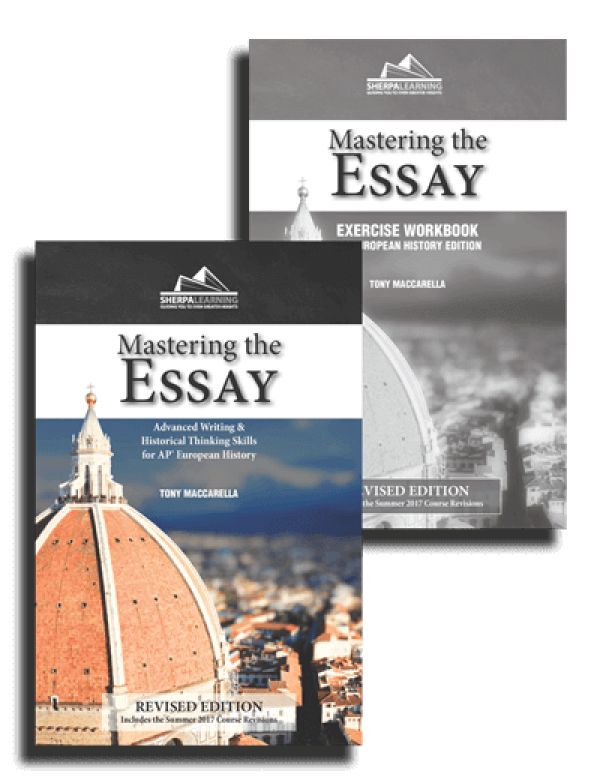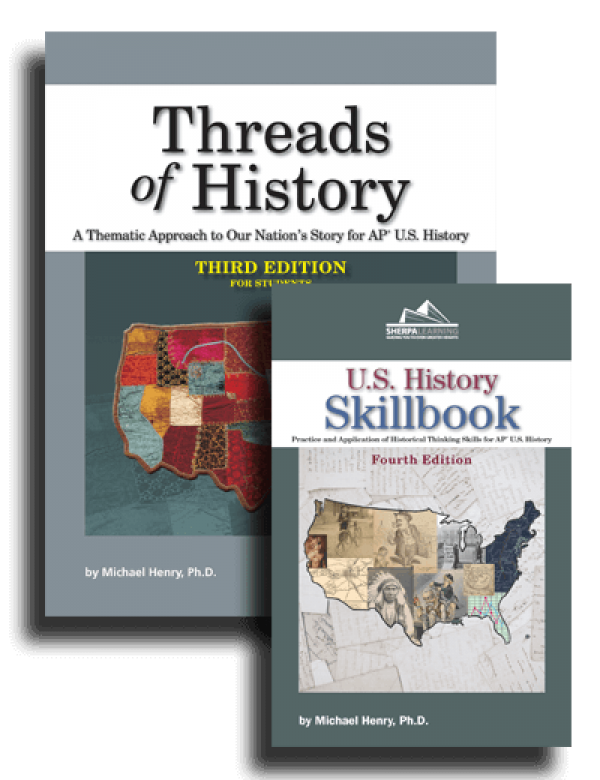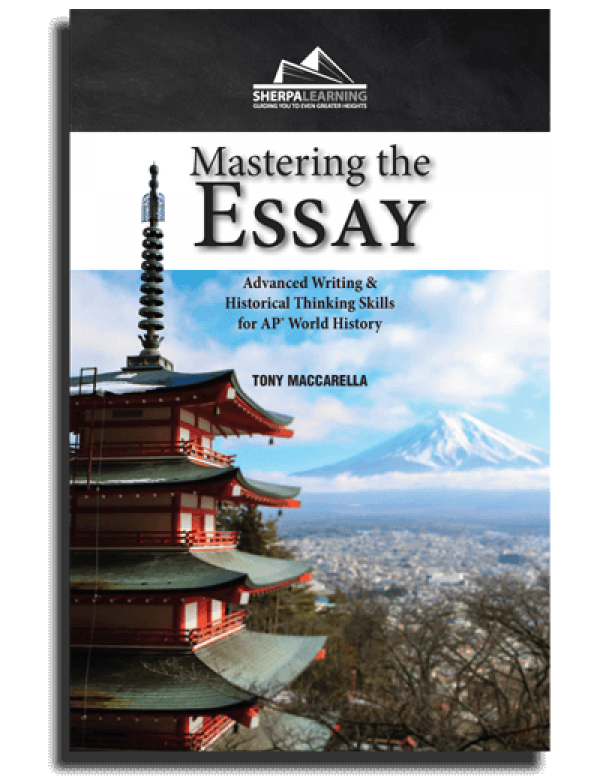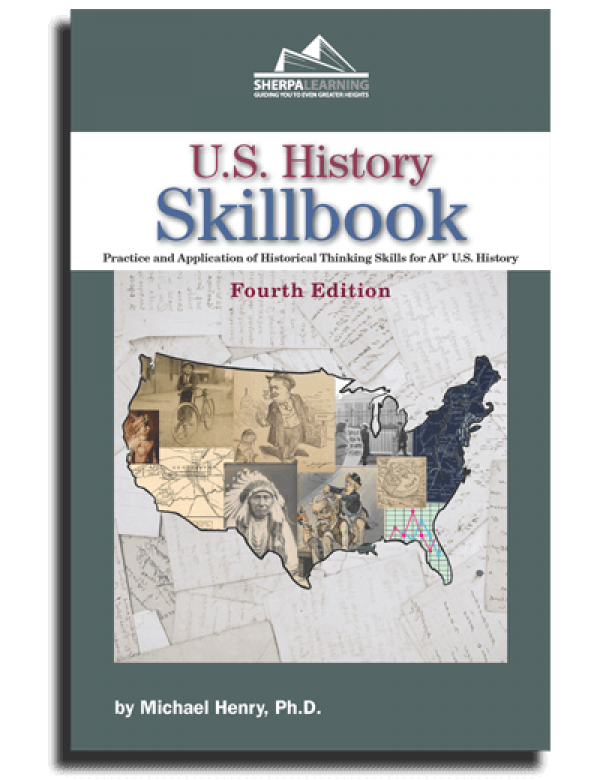Confronting the Audit Demon (Part 1 of 2)
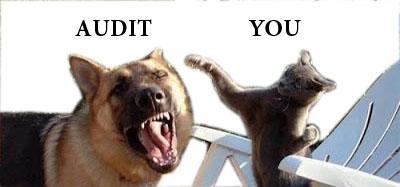
Confronting the Audit Demon
Part 1 of 2
Simply stated, the new audit process is a ton of work. If you have already completed your syllabus and submitted it, you know what I’m talking about. If you have not yet done it, the process may be weighing heavily on your mind. I am one of the auditors and have reviewed nearly one hundred submissions since the program began. I would like to offer several observations about the process and tips to help you avoid some common omissions.
The first suggestion I offer is this: label each part of your syllabus to call attention to areas where you are meeting the curriculum requirements (CR). There are 16 (CR 1 is divided into three parts and CR 13 has two elements) must-have categories. For example, when you include an activity that deals with change over time, mark it (CR 9). By the same token, when you have an activity that combines “disparate and sometimes contradictory” evidence, label it (CR 13a).
I also would like to point out some of the most common areas where teachers are being tripped up in the audit. From my experience the following areas are the most likely to be excluded or only partially developed:
(CR 1b)
The course includes a college-level U.S. history textbook, diverse primary sources, and secondary sources written by historians or scholars interpreting the past.
The course includes diverse primary sources consisting of written documents, maps, images, quantitative data (charts, graphs, tables), and works of art. The syllabus must cite specific examples of primary sources from each of the following categories: 1. Written documents (textual); 2. Maps; 3. Visual (images, artwork, artifacts, films); 4. Quantitative data (charts, graphs, tables).
The source most often left out is quantitative data. Don’t forget to include a chart or graph in one of your lessons. The New Deal is often a good place to use a chart to evaluate its effectiveness.
(CR 4)
The course provides students with opportunities for instruction in the learning objectives in each of the seven themes throughout the course, as described in the AP U.S. History Curriculum Framework.
The syllabus must include a minimum of one student activity for each of the seven themes. Each of these activities must state which learning objective is being met through the activity.
It is not enough to list the themes such as identity (ID) or peopling (PEO) at the beginning of a unit. The objective must be linked to a specific activity. So, if you have a lesson or activity on the Spanish American War make sure you label it (WOR-7).
(CR 6)
The course provides opportunities for students to identify and evaluate diverse historical interpretations.
Interpretation; The syllabus must describe at least one assignment or activity in which students evaluate a minimum of two interpretations by scholars beyond the textbook. The syllabus must cite the sources used for the assignment or activity.
Many teachers indicate they are using a readings book in addition to their textbook, but they do not specify that students will analyze specific articles. If you assign Gordon Wood and Carl Degler on the nature of the American Revolution, be sure to include the title of the articles and some possible discussion questions or themes that you wish to develop from the activity.
In my next article in this series, I'll address 3 additional common problem points in the APUSH course audit. If you haven't done so already, please subscribe to the series to be notified when new articles are published.

